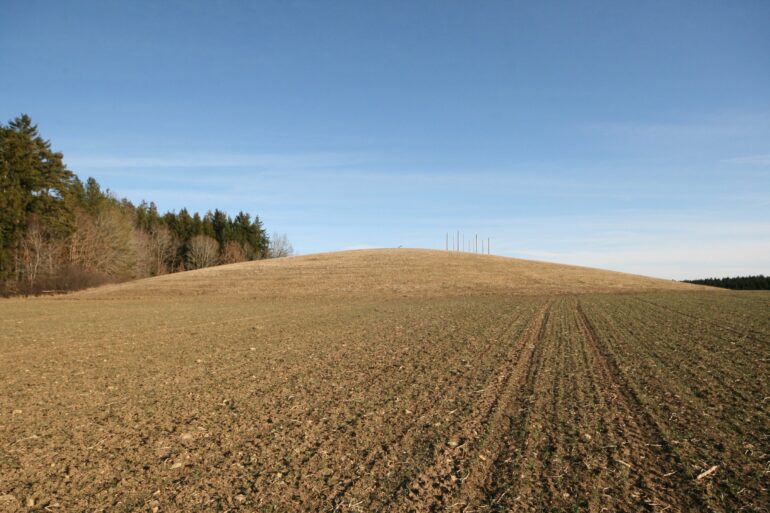by Jan Steffen, Cluster of Excellence ROOTS – Social, Environmental, and Cultural Connectivity in Past Societies
A study by the ROOTS Cluster of Excellence has revealed, for the first time, differences in wealth within the upper classes of prehistoric societies.
Reducing inequality between countries, but also between individuals, is one of the United Nations’ sustainability goals. At the same time, there is a new global trend showing that wealth is increasingly concentrated among a small group of people. What leads to social inequality and what effects can it have? In order to answer such fundamental questions, research is also looking at the distant past of human societies.
As part of the ROOTS Cluster of Excellence at Kiel University (CAU), economists and archaeologists have now provided first evidence of inequality within the upper classes of society in Central Europe during the first 4,000 years before the Common Era.
“In our study, we can approximate the wealth of individual prehistoric people. This perspective allows completely new insights into the differences in wealth within the upper segment of societies at that time,” explains Johannes Marzian from the Kiel Institute for the World Economy (IfW Kiel) and member of the ROOTS Cluster of Excellence.
He is one of the two main authors of the study, which has now been published in the journal Humanities and Social Sciences Communications.
Unique data set on individual prehistoric burials
To gain insights into the dynamics of wealth inequality in prehistoric Central Europe, the team collected data on the size and structure of 5,000 individual burial mounds. The authors then calculated the volume of these burial mounds as a measure of the wealth of the buried individuals.
“The dataset allows us to measure not only material wealth, but also a person’s involvement in networks or influence within a community. Anyone who was able to have a larger burial mound built than their neighbor obviously had a greater economic and political ability to mobilize people and resources,” explains the second lead author Dr. Julian Laabs, who is now an Assistant Professor of Digital Archaeology at Leipzig University.
In addition to the data on the burial mounds, information on the number of people buried in flat and collective graves was also included in the study. The authors used this information to approximate the size of the upper societal segment in relation to the entire population.
Inequality within the upper social segment increased during the period under review
The subsequent data analysis showed that there was a high degree of inequality among the individuals buried in mounds over the entire 4,000 years studied. However, the extent of inequality fluctuated. “We were able to link these changes over time to certain technological advances, climate and population changes or socio-political changes,” says Laabs. Overall, however, there is an increasing trend in inequality within the upper societal segment.
Of course, the study does not capture inequality across the entire spectrum of society. “But inequality and the resulting tensions in the upper societal segment can have an impact on the entire society,” explains Marzian.
Several opportunities to gain further insights into inequality in the past
With this study, the authors provide an initial overview of inequality within the upper societal segment in prehistoric Central Europe. “We see it as a first step and a starting point for further research. For example, it would be interesting to study other regions and extend the time frame of the study. We also know little about inequality in other societal segments and its origins,” emphasizes Marzian.
Laabs adds, “Our dataset is publicly available, and we invite researchers to use it for their own research. After all, the field of ancient and prehistoric inequality still has many questions to answer and can provide us with unique insights that help better understand current developments.”
More information:
Johannes Marzian et al, Inequality in relational wealth within the upper societal segment: evidence from prehistoric Central Europe, Humanities and Social Sciences Communications (2024). DOI: 10.1057/s41599-024-03053-x
Provided by
Cluster of Excellence ROOTS – Social, Environmental, and Cultural Connectivity in Past Societies
Citation:
Who has the largest burial mound? Study examines differences among the upper classes of prehistoric societies (2024, May 29)



